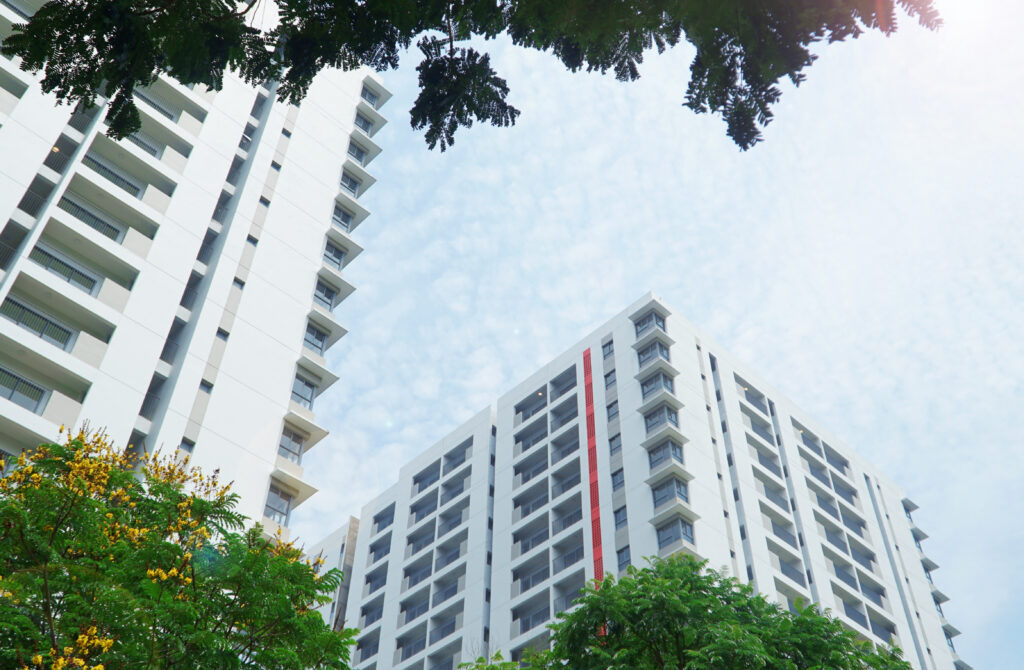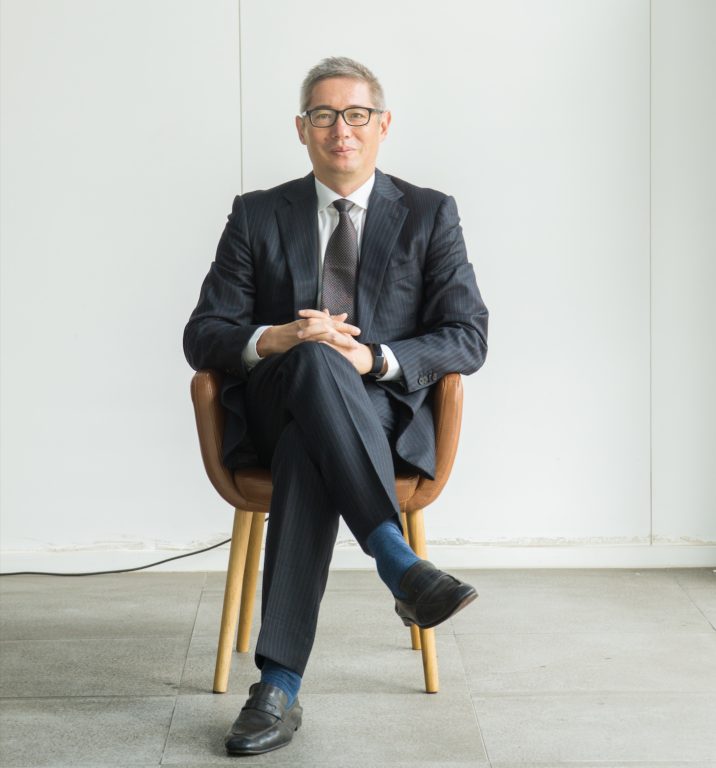Vietnam is among the fastest growing countries globally and saw a strong bounce-back following pandemic-induced economic slowdowns. The country’s middle class is also booming, and while it currently accounts for around 13% of the total population this is expected to double by 2026.
With this rapid growth, it comes as little surprise that the urbanisation of the South-East Asian country has been one of the most intense transitions in the world. In fact, the UN projects that by 2060, more than 60% of the population will be urban. Despite this, the real estate market trajectory is not all smooth sailing: tight liquidity and low sales were the hallmarks of 2023.
Facing strong growth prospects, while nonetheless navigating choppy waters requires a differentiating factor. This is where Olivier Do Ngoc and Bernard Moncarey of Atria Capital come into the picture. Seeing the potential in the market, the partners set up two private equity funds specialising in sustainable real estate to tap into the burgeoning market.
We sat down with Olivier to learn what makes their housing projects sustainable, the appeal for investors, and why they chose Luxembourg as their domicile.
What makes your housing projects sustainable?
Olivier Do Ngoc
Sustainability comes in a variety of aspects. Environment is obviously the most well-known, and while we incorporate those aspects into the building itself, for us the main targets relate to the health and well-being of the residents – the S side of ESG. The homes we offer are sustainable in several ways: they are designed for modern comfort, with acoustic and thermal insulation, appropriate water filtration systems, adequate sewage systems, and a host of other factors to ensure residents needs are met.
Today, the market is still driven by affordability and price, but in the future we intend to incorporate other aspects that also contribute to the well-being of residents as well as the local community. In the longer term this means integrating amenities, supermarkets, hairdressers, restaurants, etc., directly next to the buildings. This is made possible because, although Ho Chi Minh City is a megalopolis of around 13 million people, we tend to build approximately 30-45 minutes from the business district. While still easy to get to the centre of the city, the areas still offer potential in terms of land and therefore allow us to add these types of shops and services around the building. The idea is that this also has a positive impact of the community surrounding the buildings, providing jobs and increasing the availability of services.
Naturally, from a construction perspective we also impose far stricter standards that the local sector is not quite used to yet. We have pushed our contractors to adopt far more stringent international safety standards that go far further in ruling out accidents, loss of life and other serious incidents on site.

For us the main targets relate to the health and well-being of the residents – the S side of ESG.
You have also chosen to build on greenfield sites rather than renovate old buildings. You’re therefore able to take action right from the design stage to reinforce the building's sustainable impact...
Olivier
Correct. Almost at the beginning of the process we opted for the EDGE certification, developed by the International Finance Corporation, which is part of the World Bank Group. This is a green certification aimed at the mass property market, which requires a reduction in energy and water consumption when building, as well as the use of more environmentally friendly materials.
The IFC introduced this certification because mass residential housing is a major contributor to greenhouse gas emissions. Given the number of homes in this sector, moving the yardstick in this segment will have a far greater impact than in the luxury property market.


The idea is that this also has a positive impact of the community surrounding the buildings, providing jobs and increasing the availability of services.
How did the idea of creating Atria Capital and managing sustainable investment funds focused on the Vietnamese property market come about?
Olivier
The idea came to us in 2014 when we saw the explosion of the middle class in Vietnam. We felt that the country was ready to swap the traditional, low-quality housing found in major cities such as Ho Chi Minh City and Hanoi for modern accommodation in high-rise buildings with a high level of comfort (kindergarten, swimming pool, gym, etc.).
It’s a unique transition occurring over a generation, but we were convinced that the Vietnamese would accept these high-rise dwellings, as long as they were affordable and met the criteria for a modern lifestyle. This was the starting point for our strategy.
But wasn't adding a sustainable dimension directly risky?
Olivier
Sustainability has always been a part our heritage. I’m half-Luxembourgish, half-Vietnamese, and my business partner is Belgian and lives in Luxembourg. During the start-up phase in 2014, we couldn’t find any local developers capable of offering the level of quality and sustainability that we wanted in the buildings.
Therefore, alongside the private capital aspect of the business, we have also set up our own development platform, which supports the fund’s objectives and helps us to manage the sustainable mass market residential development.
Are investors ready to follow suit in terms of your objectives to reduce the climate impact of your buildings?

Moving up the sustainability ladder requires an increasing amount of capital, which means more fundraising on our side and approaching new investors. Thus far, we have gradually implemented sustainability measures into our first two funds, and we have been able to show our investors that the cost of these measures introduced has had a minimal effect on their returns. Our aim remains to make a financial return, but to do it in the best possible way for our investors as well as for the building’s residents.
Additionally, the majority of the funds’ investors are also European and are therefore more advanced in their own sustainability journey.
For our third fund we are taking the next step and incorporating it as “Article 8” under SFDR with the aim of attracting more investors focused on the notion of impact.

We have gradually implemented sustainability measures into our first two funds, and we have been able to show our investors that the cost of these measures introduced has had a minimal effect on their returns.
Why did you choose Luxembourg as the domicile for your fund?
Olivier
The regulatory framework that is a hallmark of Luxembourg’s fund industry was critical for us. It enabled us to set up a private equity fund in Vietnam, providing a wide range of legal structures that are known, and appeal, to our investors. It’s also a transparent jurisdiction and our investors know that all players are subject to regulatory oversight by the CSSF.
Finally, we are keen to stay here because Luxembourg continues to enjoy an excellent reputation for green financing. It therefore represents an opportunity to attract additional capital, but also investors interested in sustainability.

